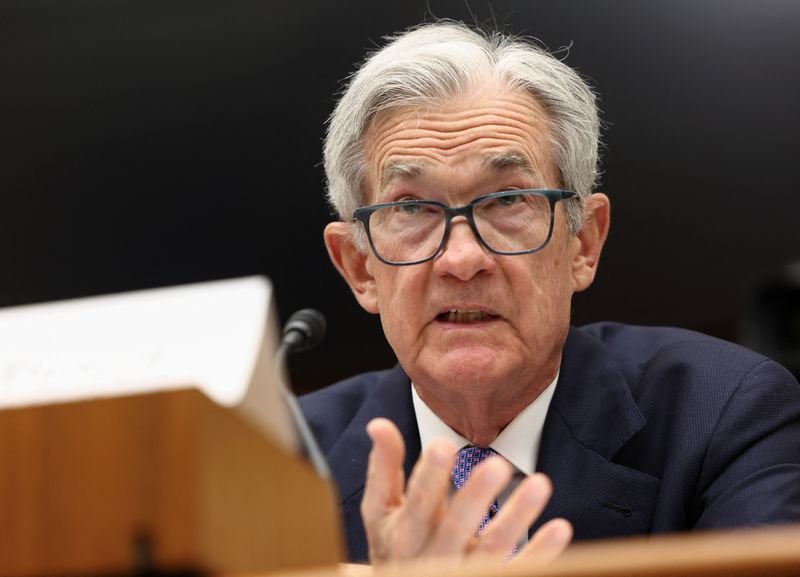Powell Emphasizes the Fed’s Cautious Approach to Rate Cuts
In recent statements, Jerome Powell, the Chair of the Federal Reserve, emphasized the necessity of patience when considering interest rate adjustments. This approach reflects the Fed’s commitment to carefully analyze economic indicators before making decisions that could impact the financial landscape.
The Importance of Economic Data
Powell’s recent discussions highlight the pivotal role of economic data in determining the future direction of monetary policy. The Federal Reserve aims to assess various metrics, including employment figures, inflation rates, and gross domestic product (GDP) growth. These indicators provide pivotal insights into the economy’s overall health, helping the Fed make informed decisions regarding interest rates.
Inflation Concerns Persist
One of the primary factors influencing the Fed’s decision-making process is inflation. Despite some positive indicators, Powell expressed that inflation remains a significant concern. Rising prices can erode purchasing power and impact consumer confidence. Consequently, the Fed will continue to monitor inflation closely and consider it a crucial factor in any future policy shifts.
Employment Trends and Economic Stability
Another critical area of focus for the Fed is employment. Powell pointed out that strong job growth is essential for economic stability and consumer spending. By maintaining low unemployment rates, the Fed aims to foster an environment conducive to economic growth. However, any signs of weakening job numbers may necessitate a reassessment of monetary policy.
Global Economic Factors at Play
In addition to domestic data, Powell acknowledged the influence of global economic conditions on the U.S. economy. International trade tensions, geopolitical events, and changes in foreign markets can all impact economic performance. The Fed remains vigilant in considering these external factors, as they can have ripple effects on domestic economic conditions.
Public Sentiment and Expectations
Public sentiment also plays a vital role in economic dynamics. Powell noted that consumer confidence can significantly affect economic activity. When consumers feel optimistic about their financial situation, they are more likely to spend, driving economic growth. Conversely, uncertainty can lead to decreased spending, which the Fed aims to mitigate through its policy decisions.
The Fed’s Communication Strategy
Powell emphasized the importance of transparency and clear communication regarding monetary policy. By effectively conveying the rationale behind specific decisions, the Fed can manage expectations and enhance market stability. Ensuring that the public and investors understand the Fed’s strategy reduces the likelihood of misinterpretations that could lead to market volatility.
Interest Rate Decisions on the Horizon
As the Fed looks ahead, Powell reaffirmed that any adjustments to interest rates would be made thoughtfully and based on comprehensive data analysis. The central bank will not rush into cuts without a thorough evaluation of economic conditions. This prudent approach signals to markets and the public that the Fed is dedicated to fostering a stable economic environment.
Balancing Growth and Stability
The overarching goal of the Federal Reserve is to strike a balance between fostering economic growth while ensuring financial stability. Powell highlighted that while the economy shows signs of resilience, it is crucial not to overlook potential risks that may arise. The Fed’s dual mandate of promoting maximum employment and maintaining price stability guides its policy decisions.
The Road Ahead
In conclusion, the Federal Reserve’s current strategy reflects a measured approach to monetary policy. Powell’s insights into inflation, employment trends, and global influences underscore the careful considerations that shape the Fed’s decisions. By prioritizing comprehensive data analysis and clear communication, the Fed aims to navigate the complexities of the economic landscape while supporting sustainable growth.
In this evolving economic climate, stakeholders will continue to watch for updates from the Federal Reserve, as these decisions can influence markets and economic stability.
